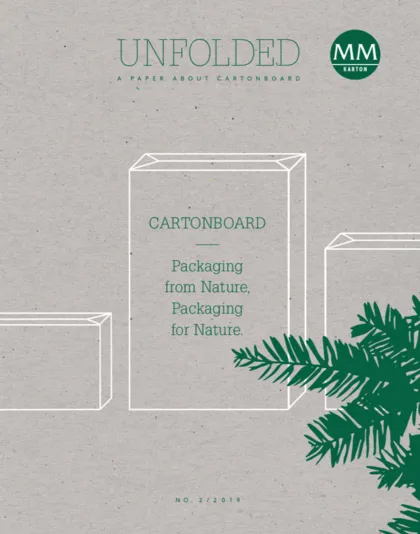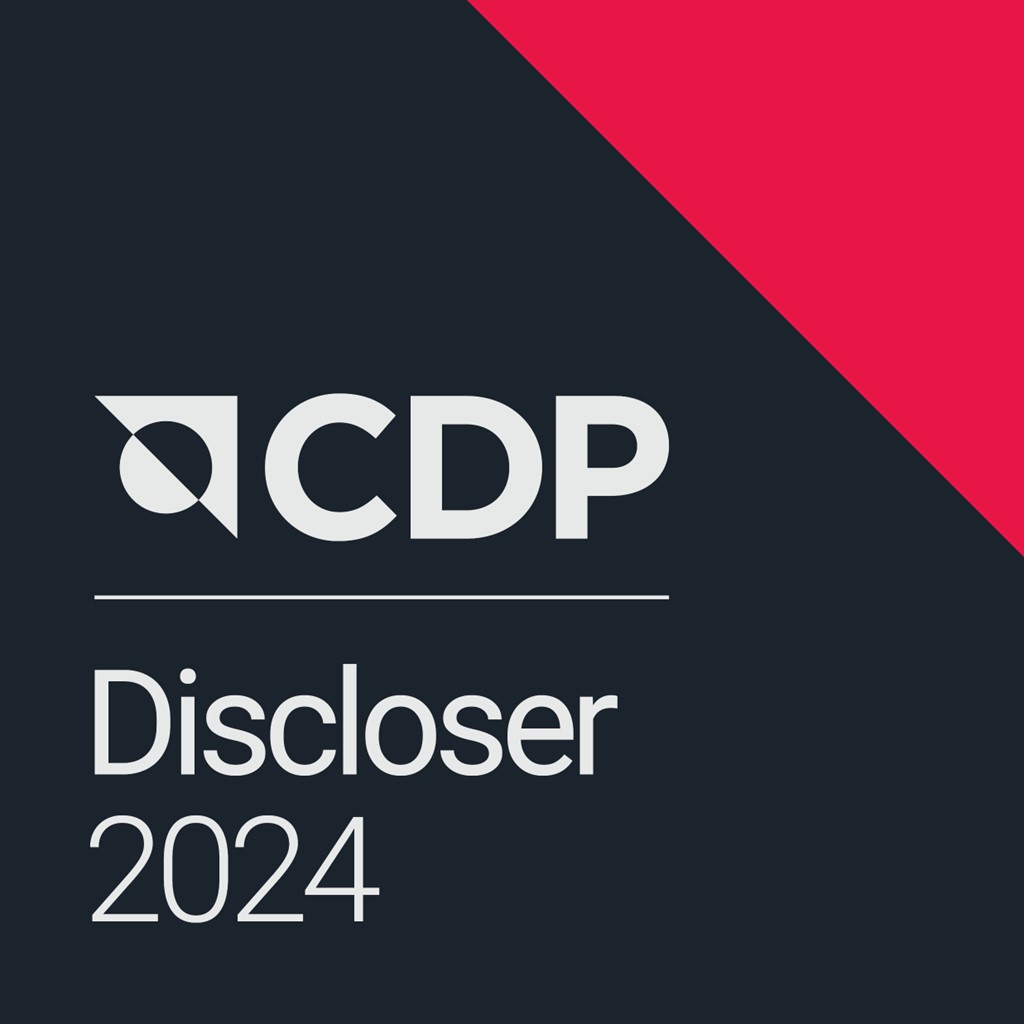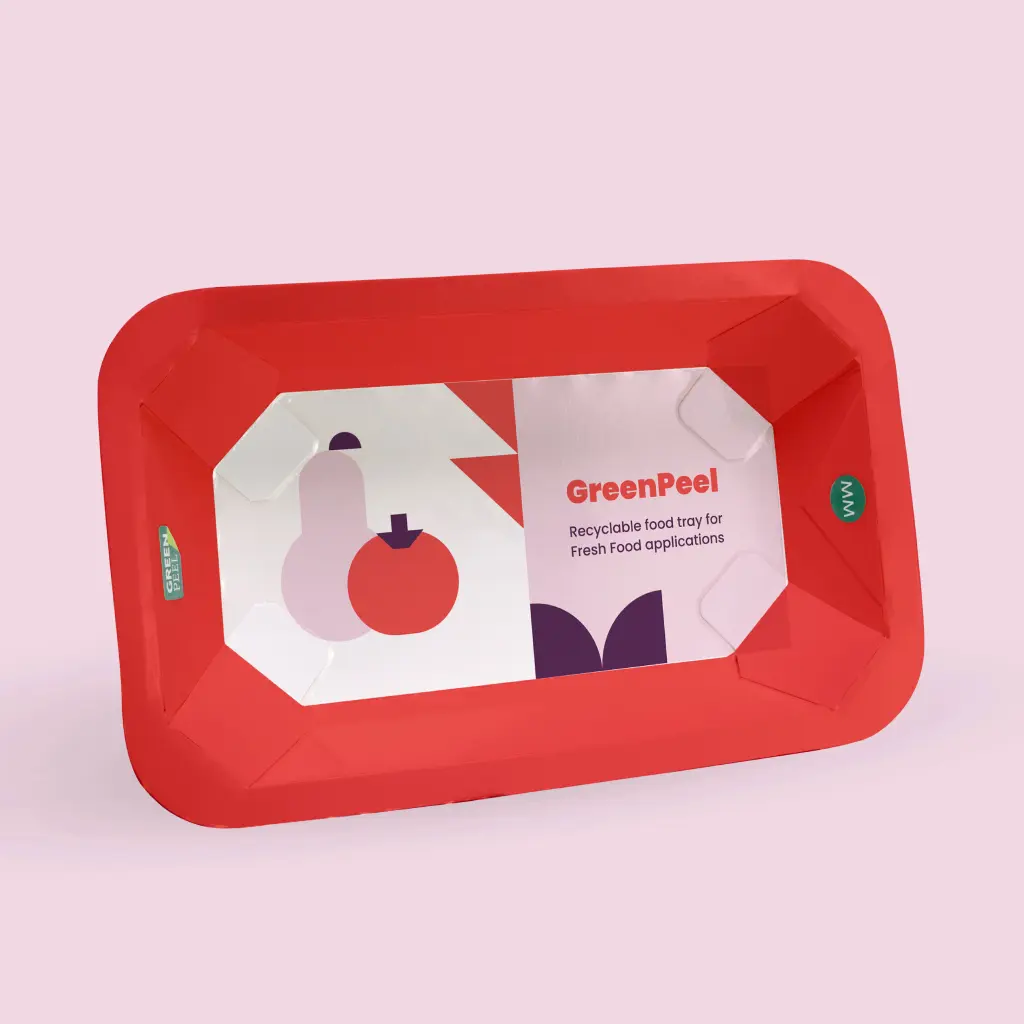Expert Interview – Sustainable Packaging Design
Three experts on packaging design give their view on current trends, challenges and sustainability
SUSANNE LIPPITSCH
has been working as a freelancer in the field of structural package design since 2001 and teaches packaging design at the Joanneum Technical University in Graz, the Werbe & Design Akademie in Salzburg and on the Packaging Technology Course at the Technical University of Vienna.
How do the manufacturer and the brand themselves benefit from sustainable packaging?
It’s really a matter of who can afford to carry on with non-sustainable packaging and products over the long term. Luckily, movements like ‘Fridays for Future’ are having a major impact around the world, and the coming generations, our future consumers, clearly understand that lots of things must change and that we cannot carry on behaving and consuming as we have been.
How can design contribute towards sustainable packaging?
It can play a massive role. Design4Recycling is vitally important for the future and will see increasing demand.
What do buzzwords like eco-design or design4recycling mean to you?
They mean using materials sensibly, ensuring that they are easy to separate out and recycle, sourcing them locally wherever possible and taking account of the carbon footprint when planning transport routes.
´Second life´ is another key term in packaging design. Can you give some specific examples of this?
One example is the packaging produced by MAM Schnuller (a baby dummy manufacturer), which not only presents the product to optimal effect for sales purposes, while also protecting it, but is designed in such a way that the boxes can also be used to sterilise the dummies. The Ottakringer beer crate is another great idea, as it ensures that you can always take the coolest bottle of beer from the bottom, while filling it up with new ones from the top. This is fantastic packaging that is tailored to the product and target group.
What general challenges are you seeing in packaging design?
Raising awareness among consumers – and producers – that sustainable products are simply going to cost a bit more. If nothing changes from a political or tax point of view, products from countries where production is cheap will often win the race due to economic considerations.
Have the requirements of the consumer goods industry and trade changed all over recent years when it comes to packaging and its design? What are the current trends?
Sustainability and the circular economy are becoming increasingly important for clients. However, meeting these requirements often clashes with the aim of keeping the packaging solution as low-cost as possible, as well as being in conflict with the existing production facilities.
GERLINDE GRUBER
studied information design at Joanneum Technical University in Vienna and became a freelance packaging designer after graduating in 2011. She teaches packaging design and prototyping at the Higher Graphical Federal Education and Research Institute in Vienna.
What do buzzwords like eco-design or design4recycling mean to you?
I try to ensure that no one is irritated by my packaging designs. Nothing about my packaging should prove cumbersome, whether it’s being transported, stowed away, used, kept or disposed of.
The right design can help the customer to use the packaging correctly, and also dispose it properly after use. Cartonboard packaging that can easily be folded flat increases the chance that the packaging will be sorted out and put in the right bin. Dual systems like the Green Dot in Germany offer tips and guidelines under the Design4Recycling scheme. As designers, we can do our bit by ensuring that we make labels easy for customers to detach from glass, or by designing plastic packaging in light colours, as this makes it easier to recycle. Wherever we can, we should try to avoid composite materials. In the best-case scenario, packaging is more than just a pretty wrapping, but instead, when coupled with the possibility of recycling it, encourages a second life.
Can you give some examples of successful design4recycling that have led to an increase in sales of the product itself?
The start-up company Zirp Insects has set itself the task of making insects palatable to consumers as a future source of protein. Initially, the freeze-dried insects were packaged in standard paper spice packets. I redesigned the product presentation and was responsible for the new punched packaging contours. Now the products are packaged in individual cartonboard boxes that are tailored to the brand’s image.
This design approach addresses consumers at an emotional level: the charming packaging appeals to your inner child and reminds you that it is fun to try something new. To emphasis the brand’s authenticity, we also committed to sustainability with the packaging design. The custom punched contours allow low-grammage cartonboard to be used. As the packaging does not require any glue, the insides can be devoted to useful facts about edible insects, cooking tips and recipes, and extra information. Since the redesign, Zirp Insects has literally been on everyone’s lips!
What kinds of packaging are you expecting to see in the future?
I always get annoyed when I have to struggle with opening blister packaging. This is an example of plastic being used to excess; it’s really not necessary to hermetically seal a basic pencil, say, from the outside world. There are other ways of achieving anti-theft protection, too. And do ice cream parlours really need to serve their products in coated cups? The fact is that we are far too wasteful with packaging material, and often it isn’t even nice to look at.
That’s why I believe that the design aspect will become increasingly important in future. It’s not just about standing out from the competition and presenting yourself in the right way for your target group, but, more than anything, about developing resource-saving packaging with a view to easy disposal and recycling. Smart solutions will be in greater demand than ever!
ANDREW STACK
is strategic consultant at PacProject, a packaging concepts and solutions agency based in Hamburg.
Have the requirements of the consumer goods industry and trade changed at all over recent years when it comes to packaging and its design? What are the current trends?
Over recent years there has been a big focus on trends that boost the consumer’s subjective wellbeing:
— Convenience: Handling has become even more important for consumers.
— On the go: As consumers are increasingly short of time and always on the go, they tend to eat and drink more often when they’re out and about.
— Personalisation: Digital printing machines have now made it possible for companies to offer personalised packaging to their customers.
— Convenience vs. sustainability: The topic of ‘sustainability’ has always been around, but the shocking images of littered beaches and plastic in seas have made consumers increasingly aware of the consequences of endless consumption. This is particularly evident in movements like ‘Fridays for Future’, in which the younger generation has taken to the streets to demonstrate against climate change. Consumers are calling for more sustainable packaging and prefer this to plastic packaging.
What current challenges are you seeing in packaging design?
Packaging development is currently focused on the R-strategies: Recycle – Reuse – Reduce. The aim is to reduce or avoid plastic in every respect.
How do the manufacturer and the brand themselves benefit from sustainable packaging?
Having a clear position or statement can add to a brand’s value. This gives it the chance to be a pioneer. Sustainable packaging can set a brand apart from the competition much more effectively. Added to that is the fact that more sustainable packaging may lead to an upturn in sales, as consumers would rather buy more sustainable packaging than a non-sustainable alternative. Despite this, many producers are still hanging back and failing to opt for more sustainable packaging solutions due to their higher cost.




